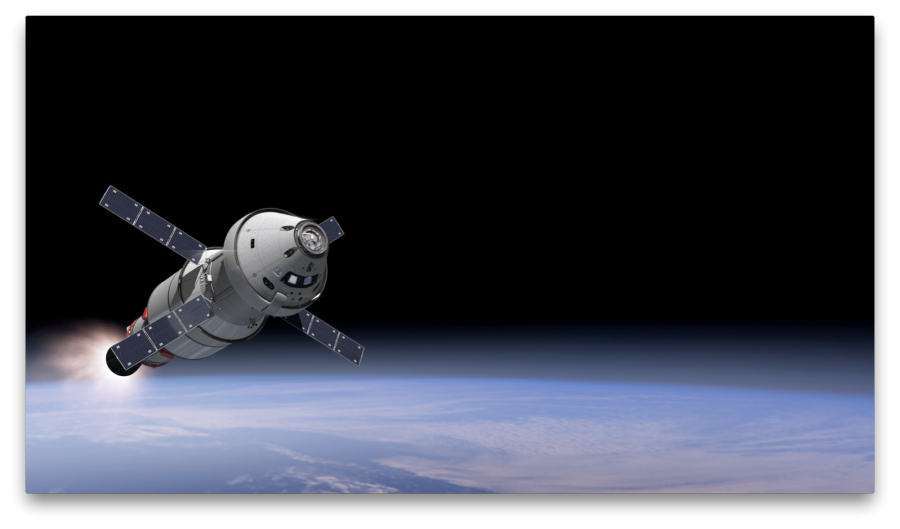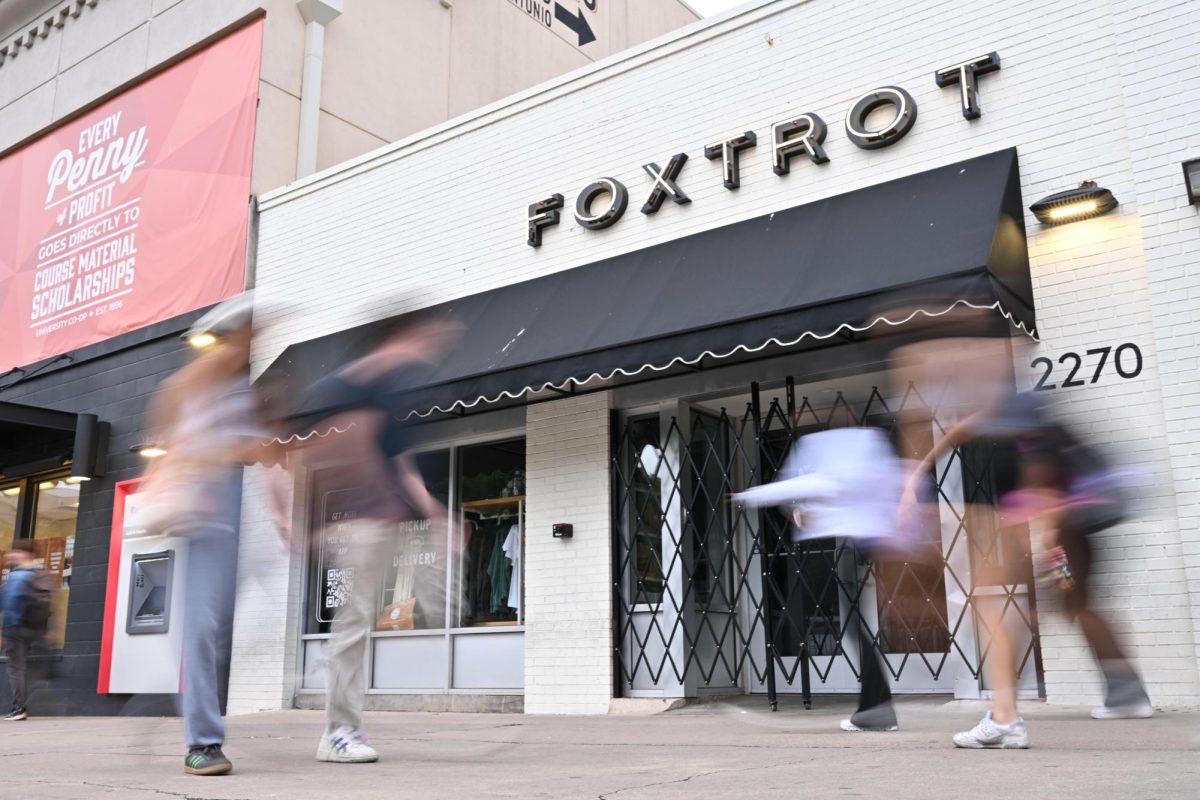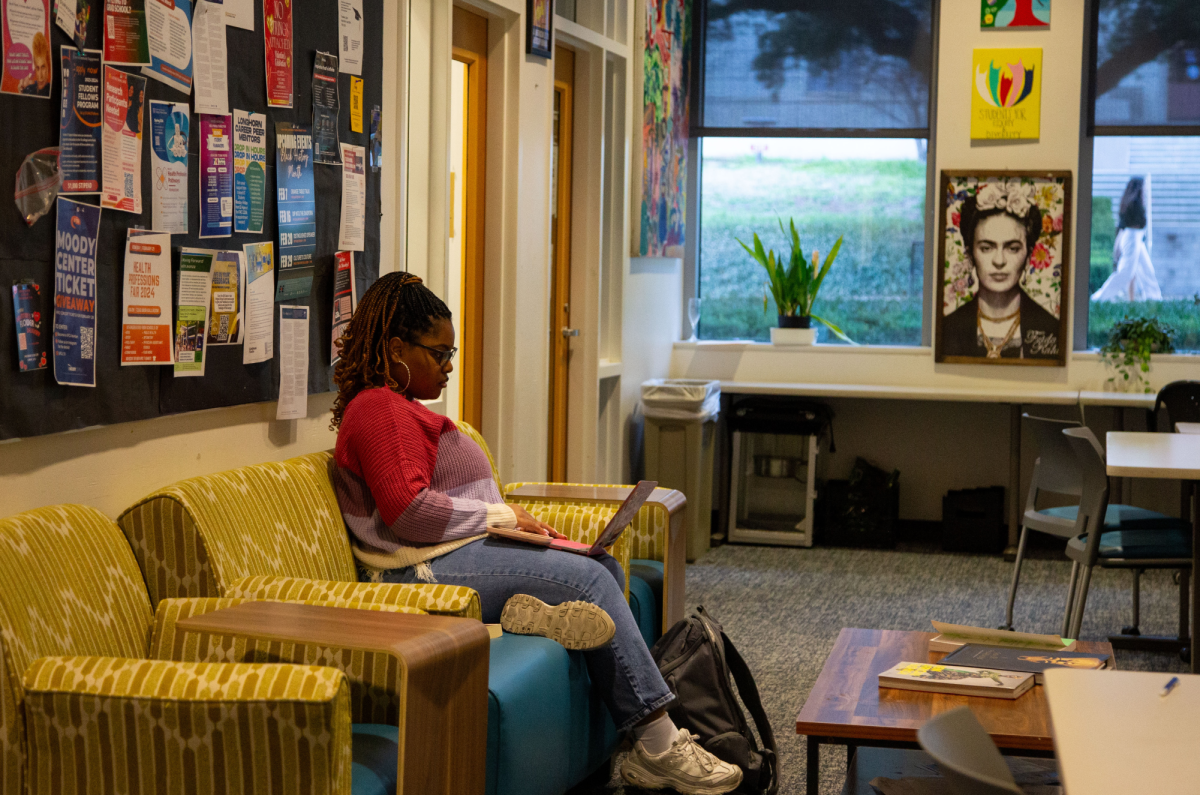UT students gathered in the aerospace engineering building Wednesday night as Larry Price, Lockheed Martin’s Deputy Orion Program Manager, provided an inside view of the next generation of space flight.
Lockheed Martin is NASA’s primary contractor for the Orion Multi-Purpose Crew Vehicle, the next national option for getting humans to space. Currently, astronauts travel to the International Space Station aboard Russian Soyuz capsules, an alternative used since the ending of the Space Shuttle Program in 2011.
As the name denotes, Orion is designed for long duration missions to a variety of destinations like the moon, Lagrangian Points, near earth objects like asteroids and one day, with more robust life support systems and increased propulsion capabilities, to Mars.
Instead of the wings and wheels used to land the space shuttle, Orion is equipped with a three parachute system to slow the capsule down for a water landing. Space gets more expensive and dangerous by the pound. The weight saved by eliminating extra bulk allows more room for experiments or scientific payload.
Orion is also designed to be ten times safer than the space shuttle. Price points out not to take this number at face value though because the way safety and reliability are calculated has changed since the shuttle era. There are different measurement tools, different risks involved, more advanced escape systems and the thermal protection, one of the shuttle’s fatal flaws, is more streamlined.
“The goal is for Orion to be made as safe as practically possible. It is significantly safer,” Price said.
Orion may be NASA’s next big thing, but the shape is a familiar one. Twelve missions worth of full-scale aerodynamic data gathered from the Apollo program went into creating a capsule of the same shape but one third larger. The larger size will accommodate four crew members instead of Apollo’s three, a modification for long duration missions.
Price emphasizes that the shape is the only thing that is the same though.
“We are not Apollo. People think that it’s your grandfather’s Apollo,” Price said.
A lot has changed not only in spaceflight but in the world in the 43 years since man landed on the moon. During Apollo, NASA got to the moon using technology more primitive than today’s cell phones. With the goal of operating for 30 years, Orion hopes to adapt to evolving technologies with it’s ‘plug and play’ avionics design. Old components can be swapped out or updated without reconfiguring the whole system.
Constantly changing technology is not the only hurdle Orion has to overcome. To Price, what continues to be one of the most impressive achievements is the political perseverance. Though specific program goals have changed over the years, between the Orion and it’s launch system, the program has received a stable budget of about $3 billion since the cancellation of the program was first proposed and continues to undergo significant flight tests.
“Congress has been phenomenal stabilizing this program,” said Price.
The idea of space exploration is so agreeable, it transcends being bipartisan and is actually considered nonpartisan, Price explains. In Congress, the main disagreements center not on if we should go to space, but where we should go in space.
Orion’s flexibility helps it adapt to changing leadership for years to come, according to Kimberly Robinson, Strategic Communications Manager for NASA’s Space Launch System, the system that will launch Orion.
“The important thing is we’re designing the SLS [Space Launch System] and the Orion to go to many destinations. The Apollo vehicle could only go to the moon. The space shuttle could only stay in low earth orbit. We are concentrating on the vehicle that will take us to all of those places,” Robinson said.
The space industry needs students that are knowledgeable in a variety of disciplines including engineering, business and communications, Price said.
"I think you'll find when you get into your careers that you don't just get to work on the analytical aspect of it. You've got to work on how you are providing for your customer a viable product," Price said.
While you are in school, "you actually have to pay attention in English class, in economics, and you have to communicate," Robinson said.





















